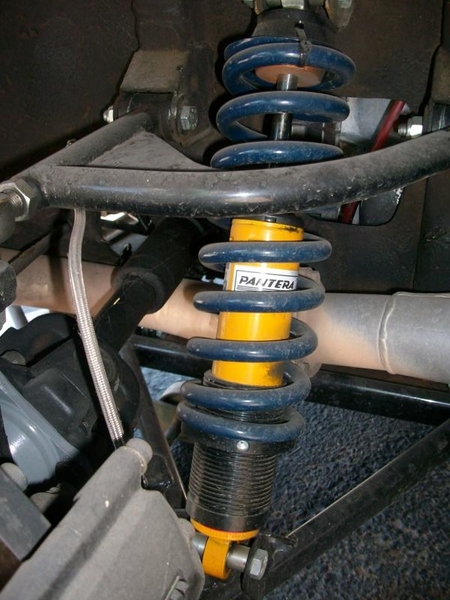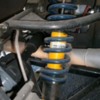It looks like there are many ways to measure. The consensus on this forum is to measure a suspension component to the ground. However, all over the internet, it's to measure the top of the wheel well to ground, or maybe the center of the tire to top of the wheel well, so is this a personnel preference, or is it dictated by the car maker?
On the same subject, those using the Koni 30 series. How did you hold the threaded tube still while turning the nut. This seems like a very poor design as opposed to the threads being part of the shock body. Took me hours for a job that should take a few minutes!


![pantera_suspension_details[1] pantera_suspension_details[1]](https://pantera.infopop.cc/fileSendAction/fcType/0/fcOid/2163457965750498/filePointer/2163457966549639/fodoid/2163457966549635/imageType/MEDIUM/inlineImage/true/pantera_suspension_details%255B1%255D.jpg)
![pantera_suspension_details[1] pantera_suspension_details[1]](https://pantera.infopop.cc/fileSendAction/fcType/0/fcOid/2163457965750498/filePointer/2163457966549639/fodoid/2163457966549635/imageType/SQUARE_THUMBNAIL/inlineImage/true/pantera_suspension_details%5B1%5D.jpg)

